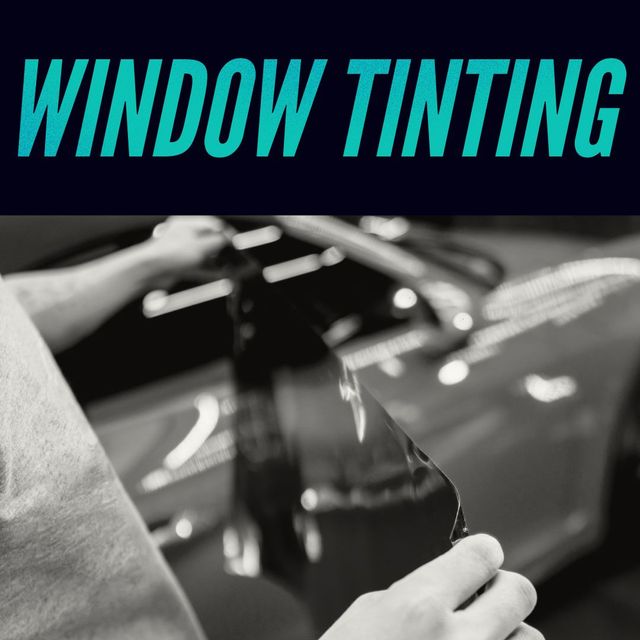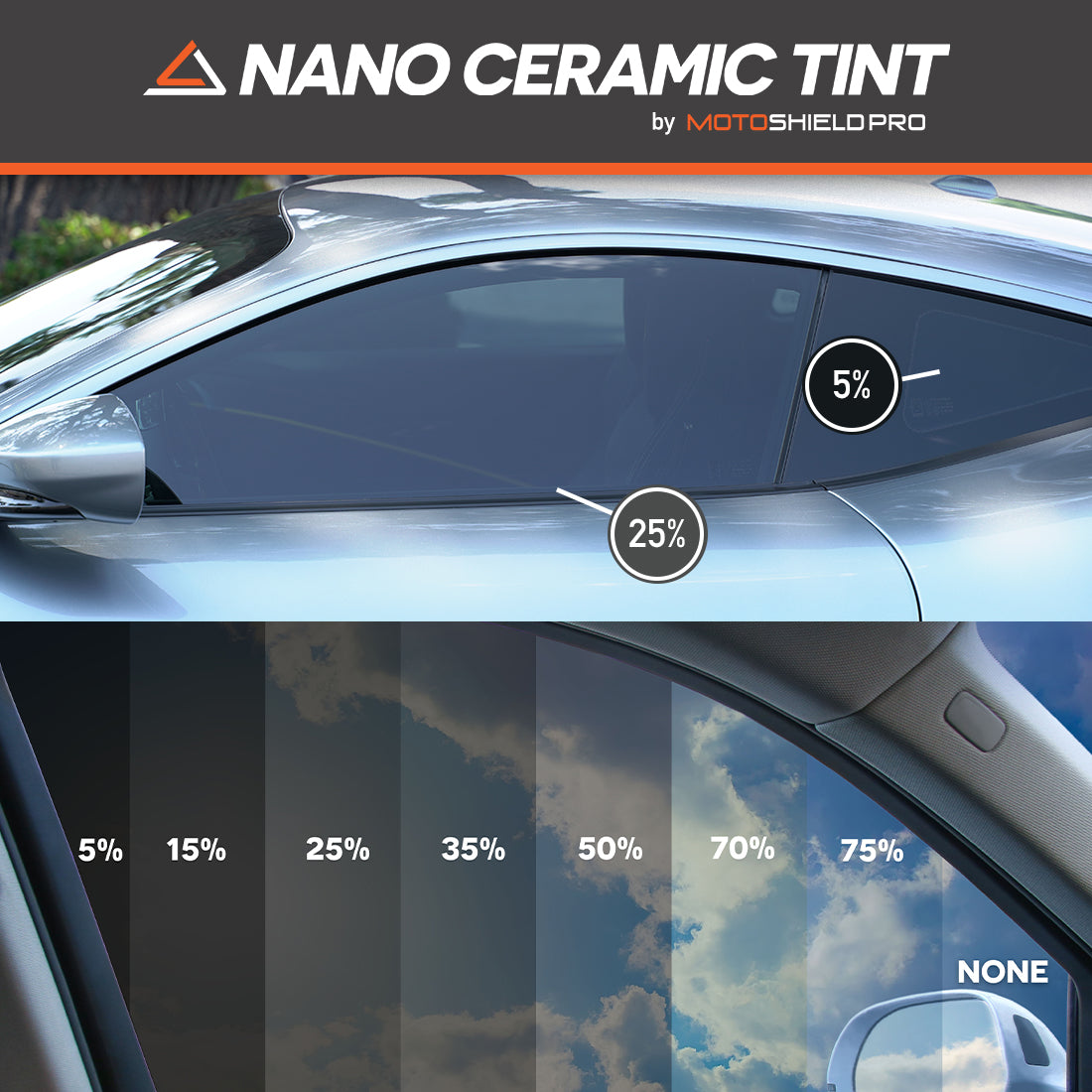Car Window Tinting: Improve Your Automobile's Style and Personal privacy
Car Window Tinting: Improve Your Automobile's Style and Personal privacy
Blog Article
Window Tinting Regulations and Standards: What You Required to Know Before Tinting Your Automobile
Before proceeding with window tinting for your car, it is essential to familiarize on your own with the diverse legislations and guidelines that control this technique throughout various states. These policies determine the acceptable levels of tint darkness, often determined by noticeable light transmission (VLT) percents, and include certain specifications for front windshields aimed at guaranteeing road safety.
Introduction of Home Window Tinting Laws
Window tinting laws are regularly based on variant throughout different territories, showing neighborhood laws and security factors to consider. These regulations determine the permitted degrees of color darkness and reflectiveness on car windows, guaranteeing that chauffeurs maintain sufficient exposure while also protecting versus hazardous UV rays and heat.
Most regulations categorize window tinting based on the Visible Light Transmission (VLT) portion, which shows the quantity of light that can go through the window. Normally, lower VLT portions represent darker colors. Laws usually differentiate between the front, side, and back windows, with stricter limitations related to the front windshield to enhance security for both the chauffeur and other road individuals.
Conformity with window tinting policies is vital, as violations can result in penalties, necessary elimination of the color, and prospective increases in insurance policy premiums. It is important for vehicle proprietors to acquaint themselves with regional legislations prior to proceeding with home window tinting installations.
State-by-State Tint Regulations
Comprehending the specific window tinting regulations in each state is essential for vehicle proprietors looking for to abide by the law. Each state in the united state has actually developed its very own collection of policies regulating window tinting, which can differ substantially. These guidelines commonly determine the allowed levels of color darkness, the kinds of home windows that can be tinted, and any type of clinical exemptions that may use.
As an example, states like California have stringent limitations on color darkness for front windows, while others, such as New Mexico, may permit darker tints. In addition, particular states mandate certain exposure percentages for numerous home windows, consisting of the windscreen, front side home windows, and back windows. It is critical for vehicle proprietors to acquaint themselves with their state's laws to avoid possible fines or charges.
Additionally, some states might require an accreditation sticker to be put on tinted windows, indicating conformity with state legislations. Failure to follow these guidelines not just takes the chance of lawful repercussions yet can likewise affect security and presence while driving. Lorry proprietors need to conduct detailed research or get in touch with neighborhood authorities to guarantee full understanding and conformity with state-by-state tint laws.
Allowed Tint Degrees and Kinds
Lots of automobile proprietors may be surprised to learn that allowed tint levels and types differ commonly across various states. Each state has actually developed its very own laws concerning the permitted darkness and reflectivity of home window color, often measured by Visible Light Transmission (VLT) percentages. VLT refers to the quantity of light that can pass with the tinted windows; thus, a lower percent indicates a darker tint.

Additionally, the sorts of tint materials allowed can differ, with some states forbiding mirror-like or metal finishes. It is essential for car owners to acquaint themselves with their state's details regulations to ensure compliance. Non-compliance can lead to penalties, required elimination of the tint, or other lawful repercussions, making it essential to comprehend these policies prior to continuing with setup.
Medical Exceptions for Tinting
While not all states offer allowances for clinical exemptions relating to window tinting, those that do identify the requirement for details individuals to improve visibility and comfort due to medical problems. Various medical conditions, such as lupus, skin cancer, and specific eye disorders, can provide people specifically delicate to sunlight. Subsequently, these individuals might need darker colors to protect themselves from harmful UV rays and glow.

It is essential to note that despite having a medical exception, there may still be restrictions on the level of tint permitted. Conformity with state legislations makes certain that individuals are both secured and within lawful restrictions. Those taking into consideration medical exemptions need to call their local Division of Motor Automobiles or equal authority to understand the requirements and treatments necessary to get an exemption efficiently.
Charges for Non-Compliance
Stopping working to adhere to window tinting regulations can lead to considerable penalties, which vary by state. Legislation enforcement firms are empowered to provide citations for vehicles that do not comply with the specified tinting guidelines. These penalties usually consist of penalties, which can vary from moderate total up to a number of hundred bucks, depending on the severity of the infraction and the state in concern.
In some territories, repeated offenses might result in escalating fines or added fines, such as compulsory court looks. In addition, non-compliance may demand the elimination of illegal tinting, frequently at the owner's expense. In severe instances, habitual wrongdoers might encounter suspension of their vehicle registration until conformity is attained.
In addition, insurance policy check out here ramifications may develop from getting numerous citations for home window color infractions. Insurance companies may view such violations as an indicator of riskier actions, possibly leading to increased premiums or problem in insurance coverage.
To stay clear of these charges, it is important for lorry proprietors to acquaint themselves with their regional home window tinting regulations and ensure that their car complies (Window Tinting). This aggressive method not only prevents legal ramifications but likewise promotes road safety
Verdict

A lot of guidelines identify home window tinting based on the Visible Light Transmission (VLT) percent, which suggests the amount of light that can pass through the home window. Conformity with window tinting guidelines is vital, as offenses can result in fines, mandatory elimination of the color, and possible rises in insurance premiums.Comprehending the particular window tinting guidelines in each state is essential for lorry proprietors seeking to conform with the legislation. These guidelines frequently determine the allowable degrees of color darkness, the kinds of home windows that can be tinted, and any type of clinical exceptions that might use.
For circumstances, states like California have strict restrictions on tint darkness for front home windows, while others, such as New Mexico, might permit darker colors.
Report this page